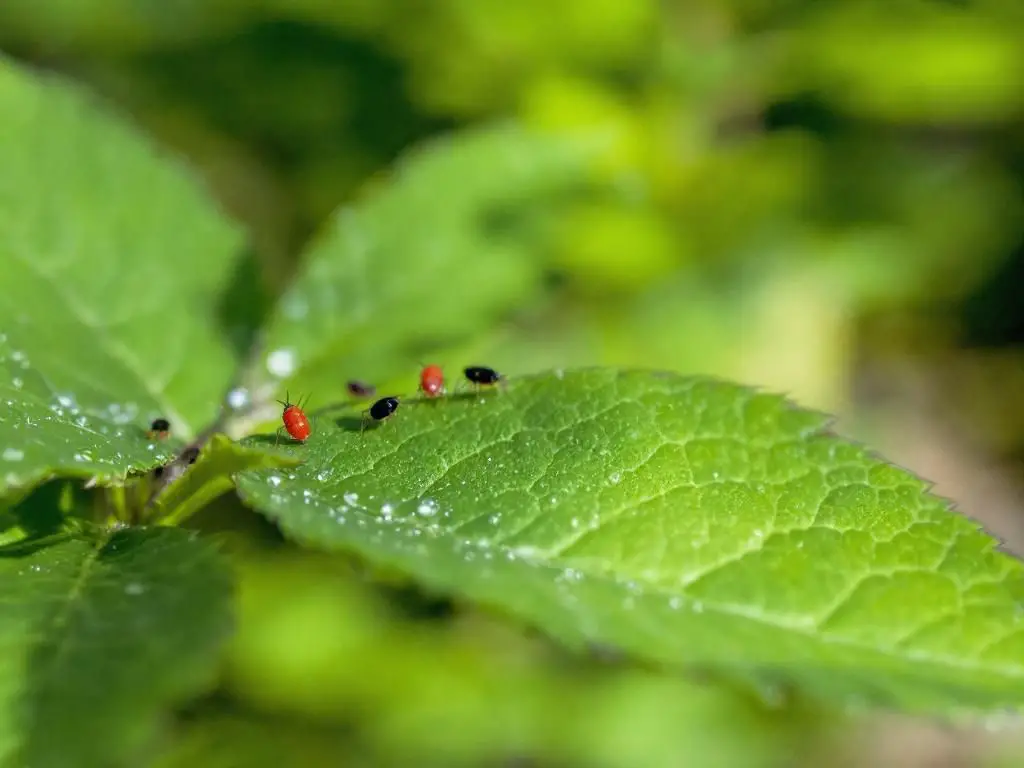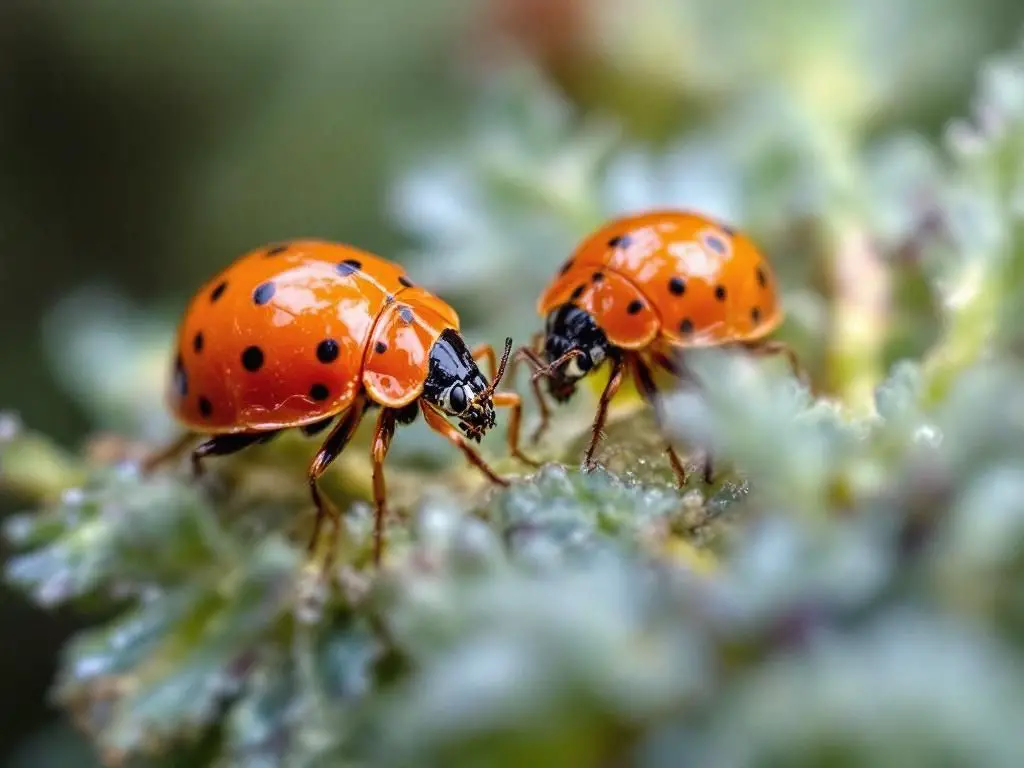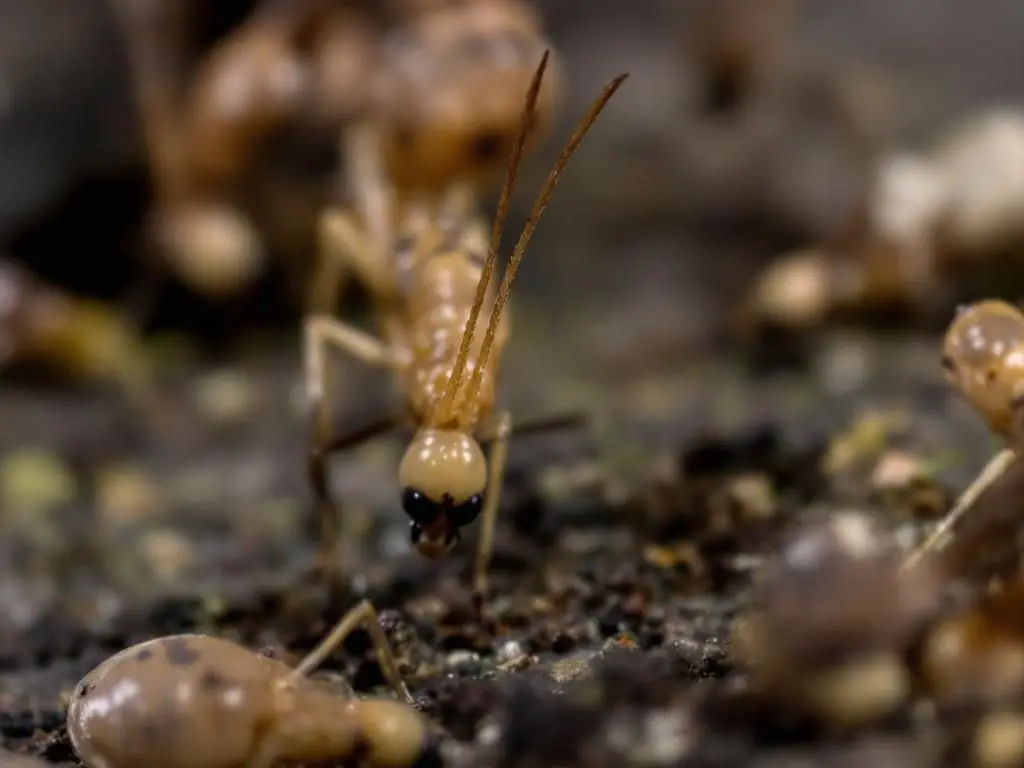7 Common Houseplant Pests and How to Get Rid of Them for Good

Houseplants can bring life and color to your home, but they can also be vulnerable to a variety of pests. These tiny invaders can wreak havoc on your plants, causing them to wilt, discolor, or even die. Understanding these common pests and knowing how to combat them is crucial for maintaining a healthy indoor garden.
In this article, we’ll explore seven of the most common houseplant pests, their telltale signs, and effective strategies for getting rid of them for good. By arming yourself with this knowledge, you can keep your houseplants thriving and beautiful.
1. Aphids

Aphids are small, soft-bodied insects that typically cluster on the undersides of leaves and on new growth. They can be green, black, brown, or even pink, and they often leave behind a sticky residue known as honeydew.
How to Get Rid of Them
To eliminate aphids, you can spray your plants with a strong stream of water to dislodge them. For stronger infestations, consider using insecticidal soap or neem oil, which are both effective and safe for most houseplants.
2. Spider Mites
Spider mites are tiny arachnids that thrive in dry conditions. You may notice fine webbing on your plants, along with yellow or brown spots on the leaves. They can be particularly damaging during hot, dry weather.
How to Get Rid of Them
To combat spider mites, increase humidity around your plants. Regularly misting them or placing a humidifier nearby can help. You can also wash the leaves with water or use insecticidal soap to eliminate these pests.
3. Mealybugs

Mealybugs are small, white, cottony insects that often hide in leaf joints and along stems. They suck the sap from your plants, leading to stunted growth and yellowing leaves.
How to Get Rid of Them
To remove mealybugs, dip a cotton swab in rubbing alcohol and apply it directly to the bugs. For larger infestations, use neem oil or insecticidal soap to treat the entire plant.
4. Fungus Gnats

Fungus gnats are small, dark flies that are often seen buzzing around the soil of houseplants. Their larvae feed on organic material in the soil and can damage plant roots.
How to Get Rid of Them
Allow the top inch of soil to dry out between waterings, as this can disrupt the life cycle of the gnats. You can also use yellow sticky traps to catch adults and consider changing your potting mix to one that is less prone to retaining moisture.
5. Whiteflies
Whiteflies are small, white insects that resemble tiny moths. They often gather on the underside of leaves and can cause yellowing and wilting as they feed on plant sap.
How to Get Rid of Them
To control whiteflies, use insecticidal soap or neem oil. Additionally, introducing natural predators, like ladybugs, can help keep their population in check.
6. Scale Insects

Scale insects appear as small, brown or tan bumps on stems and leaves. They suck sap from plants and can be difficult to spot until the infestation is severe.
How to Get Rid of Them
You can remove scale insects by hand using a soft cloth to wipe them off. For larger infestations, applying neem oil or insecticidal soap can be effective.
7. Thrips
Thrips are tiny, slender insects that can cause significant damage to leaves and flowers. They often leave behind silver streaks and can transmit plant viruses.
How to Get Rid of Them
To eliminate thrips, use insecticidal soap or neem oil. Regularly inspecting your plants and maintaining good air circulation can also help prevent future infestations.
In conclusion, keeping your houseplants healthy requires vigilance against pests. By recognizing the signs of these common invaders and taking the appropriate measures to control them, you can ensure your indoor garden remains lush and vibrant. Happy gardening!
